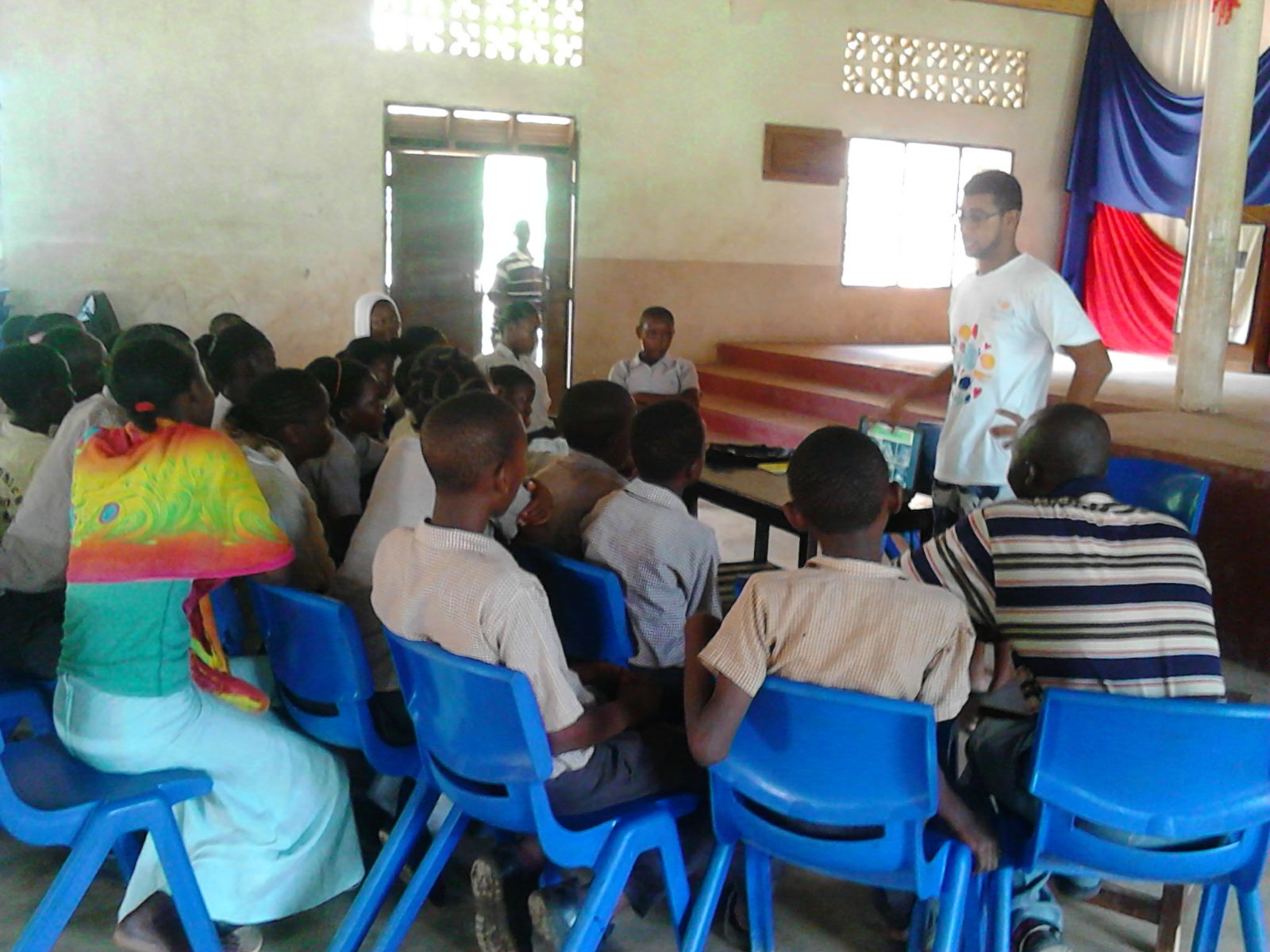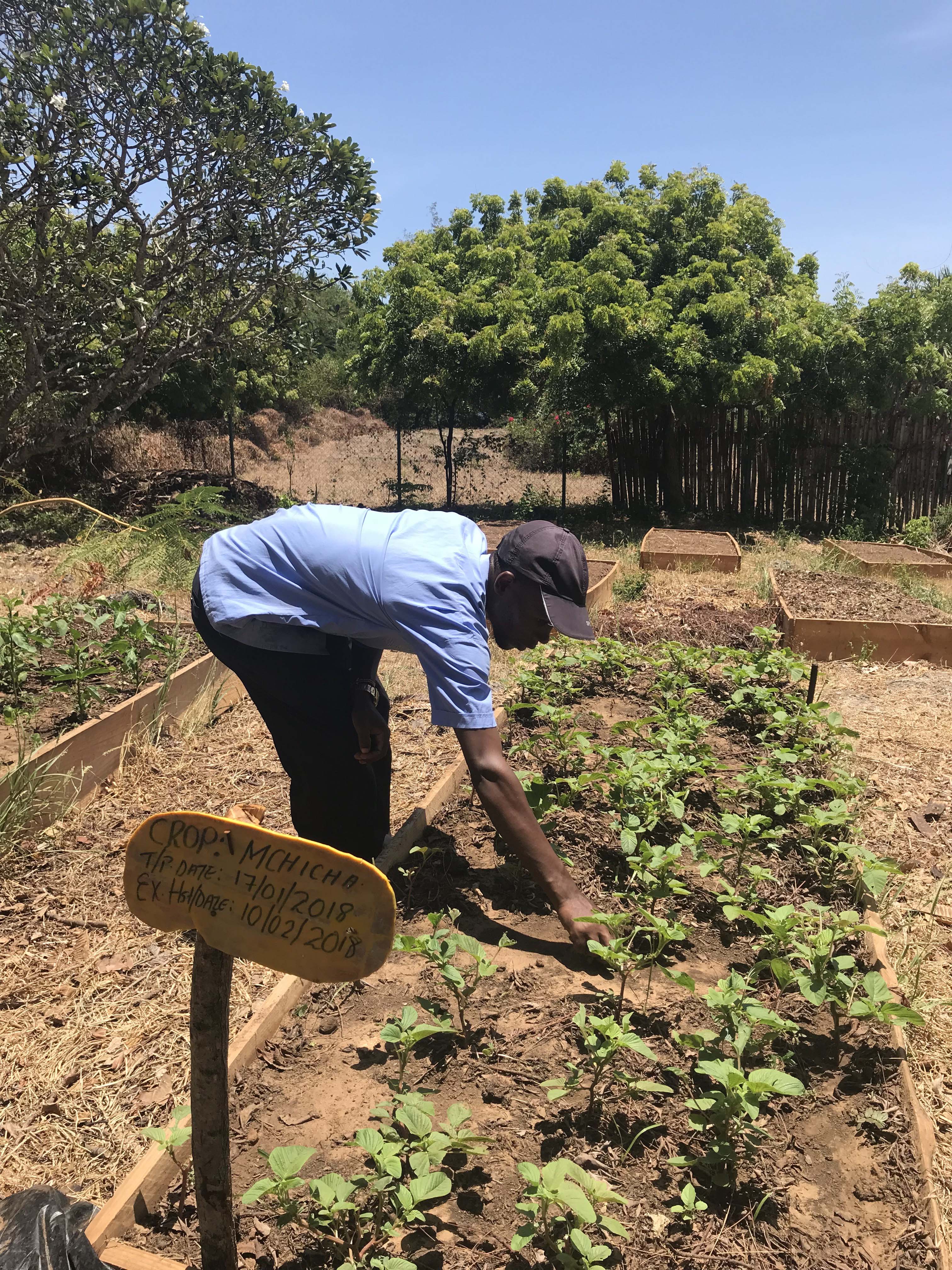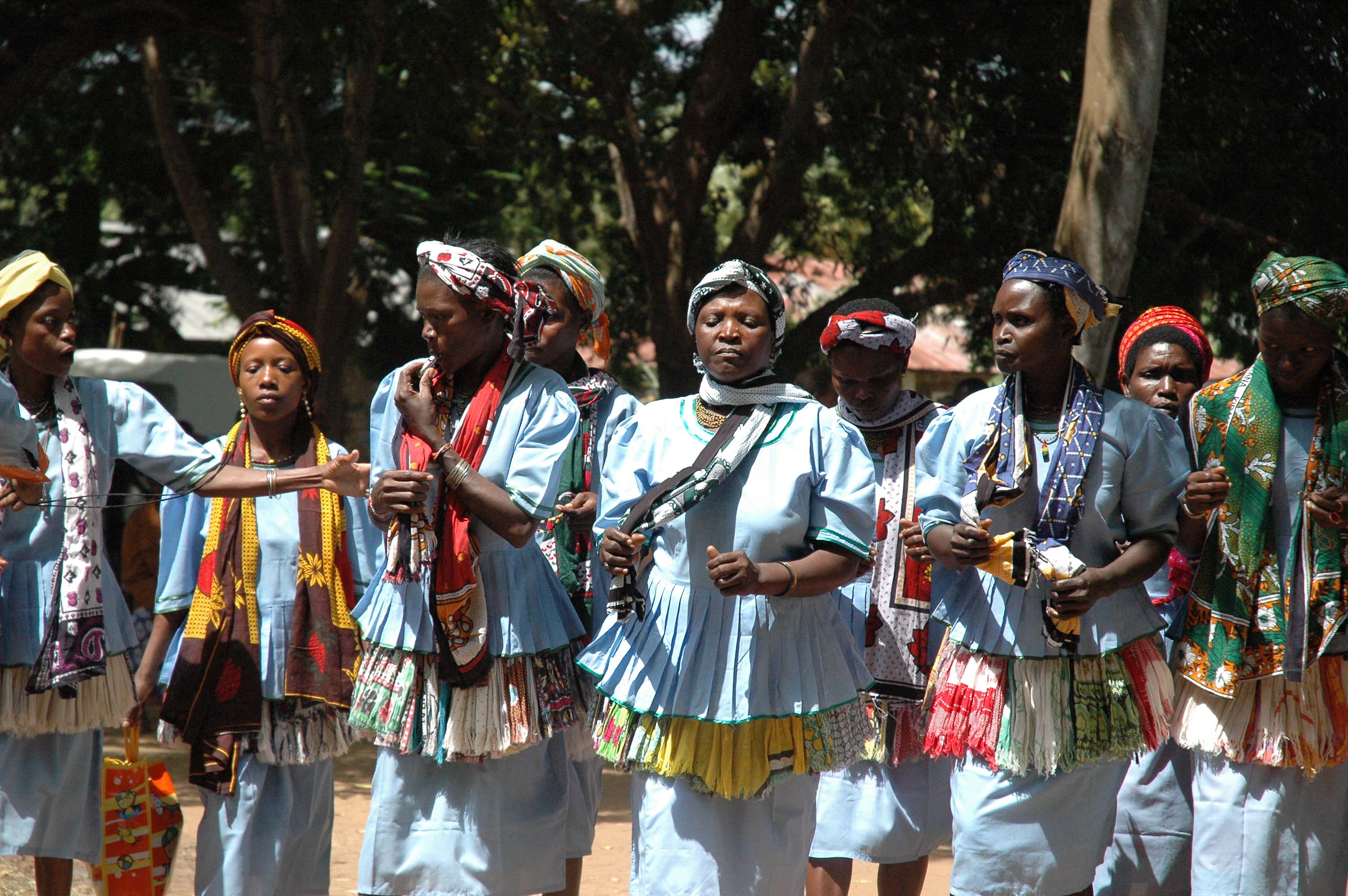



Although the MPA quickly recovered and livelihoods began to improve part of the management plan was to introduce other non-fishing based enterprises in an attempt to achieve a self-sustainable solution. Initially, outside funding had to be sourced to enable this to happen, and various grants were forthcoming. Initially, a tourism business taking advantage of the improvement of coral and biodiversity within the MPA attracted visitors. This produced training opportunities, created steady employment to fishers improving their livelihood and taking pressure off the marine resource. The youth were trained in furniture making from old dhows, honey was produced, sustainably caught fish sold to restaurants, vegetables and crops grown and sold, various aquaculture projects are underway, and the women group have various enterprises including tailoring and a craft shop selling products made from driftwood and natural soaps. A loan scheme allows the members to finance other projects. A portion of the profit goes towards community welfare needs like water, health and sanitation. Beach waste is collected and sold to recycling companies. A school education programme educates the children on the importance of sustainable use of resources, and we provide trips within the MPA.
The MPA is the heart of our project. The protected breeding ground means improves fishing in the area with a knock-on effect of improved livelihoods. The MPA has become an attraction and visitors bring in much needed funds which go towards employment, training, the running of the organisation and setting up other businesses. While we faced challenges and objection to setting aside the area of the MPA, the results have shown it was worth it.
For conservation to work it needs to be accompanied by tangible alternative opportunities and real improvements in livelihoods. The resource that is being conserved needs to be valuable and important to the local community. All the components have to work in unison and benefit the community. Whilst an LMMA takes time, understanding and patience to set up and establish, it becomes an efficient and productive hub from which other projects can grow. It has multifaceted benefits that can cover both conservation and community welfare. We learned along the way that there is no short cut to community buy-in. In our case, we were working with a subsistence community and even short-term threats to their livelihood meant direct hardship that led to resistance. We learnt that most of the resistance we met was underpinned by a real fear of economic insecurity. Once we understood that the needs of the community were paramount, we could devise relevant and impactful strategies to achieve our conservation goals.